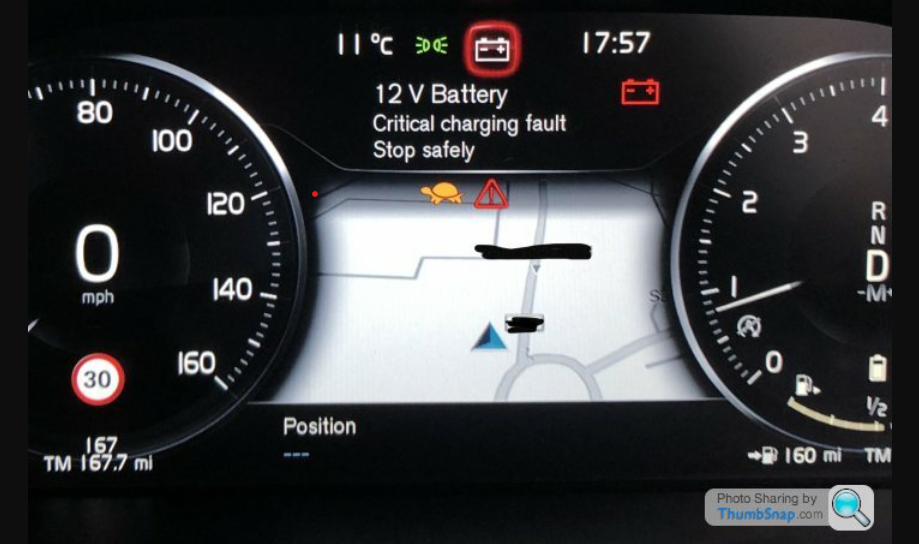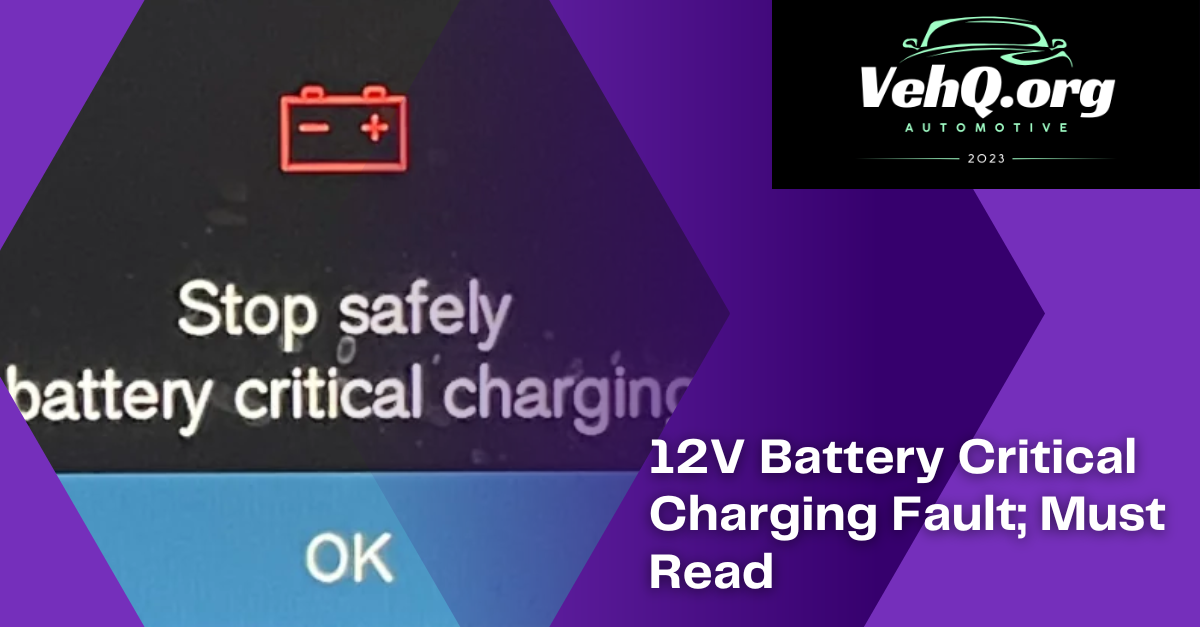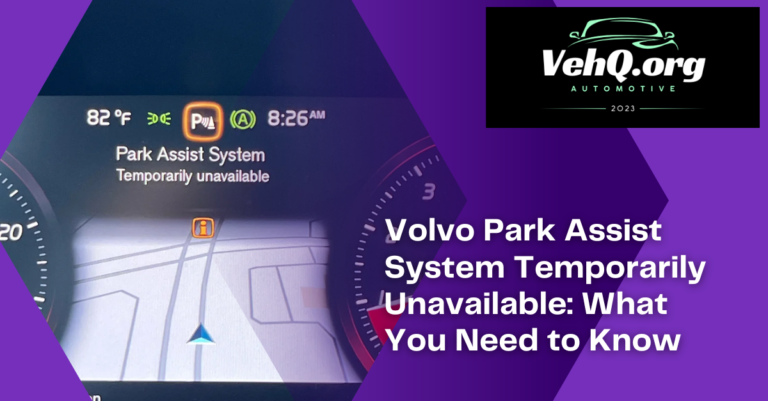Good day, and welcome to VehQ, In this article, we will discuss the critical charging fault for a 12V battery and the potential dangers associated with it. We will explore how this fault can occur, the warning signs to look out for, and the safety precautions to take to prevent any hazardous situations.
Understanding the dangers of a critical charging fault is crucial for anyone who uses a 12V battery, especially in vehicles, to ensure safety and proper maintenance.
What is a critical charging fault for a 12V battery?

A critical charging fault for a 12V battery refers to a situation where the battery is either undercharged or overcharged, leading to potential safety hazards.
Undercharging occurs when the battery does not receive enough charging current, leading to a decreased capacity and potential failure. On the other hand, overcharging happens when the battery receives an excess of charging current, leading to overheating, gassing, and potential explosion.
These critical charging faults can occur due to various reasons such as a malfunctioning charging system, incorrect charging voltage, or damaged battery cells. It is essential to be aware of these faults and take necessary precautions to prevent any dangerous situations.
What to do when “12v battery critical charging fault” error comes in the Volvo xc90?
If you encounter a “12V Battery Critical Charging Fault” error message in your Volvo XC90, it suggests an issue with the vehicle’s 12-volt battery charging system. Here are some steps you can take:
- Check the Battery Voltage:
- If possible, use a multimeter to check the voltage of the 12-volt battery. A healthy battery typically reads around 12.6 volts when the car is not running.
- Inspect Battery Connections:
- Ensure that the battery terminals are clean and securely connected. Loose or corroded connections can affect the charging system.
- Charging the Battery:
- If the battery voltage is low, you might need to charge the 12-volt battery. You can use a battery charger or jump-start the car using jumper cables and another vehicle.
- Visit a Volvo Service Center:
- If the error persists, it’s advisable to take your vehicle to a Volvo service center or an authorized mechanic. The issue could be related to the alternator, charging system, or the 12-volt battery itself.
- Check for Recalls or Technical Service Bulletins (TSBs):
- Sometimes, manufacturers release recalls or TSBs related to specific issues. Check with your local Volvo dealership for any relevant information.
- Inspect for Parasitic Drain:
- A constant drain on the 12-volt battery, known as a parasitic drain, can lead to charging faults. A mechanic can perform tests to identify and rectify any excessive parasitic drain.
- Update Software:
- In some cases, software updates can address charging system issues. Consult with the dealership to ensure your vehicle’s software is up to date.
Always prioritize safety, and if you are unsure about handling any of these tasks yourself, it’s recommended to seek professional assistance. A Volvo service center or a qualified mechanic will have the expertise and tools to diagnose and resolve the issue effectively.
For more information about this issue, I would suggest you watching the following YT video.
What to do when “12v battery critical charging fault” In Mercedes?
When faced with this message in your Mercedes-Benz, start by checking the battery voltage with a multimeter and ensuring the terminals are clean and secure.
If the voltage is low, charge the battery or jump-start the car. It’s crucial to promptly schedule a visit to a Mercedes-Benz service center or authorized mechanic for a thorough diagnosis and repair. Additionally, inquire about any relevant recalls or technical bulletins that may address the issue.
A technician can also investigate potential parasitic drain issues and assess the need for software updates to rectify charging system issues. Trusting in the expertise of Mercedes-Benz professionals ensures that the problem is effectively diagnosed and resolved, maintaining the integrity and reliability of your vehicle’s electrical system.
What are the dangers of a critical charging fault?
This charging fault can pose significant dangers, especially when dealing with a 12V battery in a vehicle. One of the main dangers is the risk of explosion due to overcharging, which can be extremely hazardous and cause severe injuries or damage to the vehicle and surrounding environment.
Additionally, undercharging can lead to a weakened battery capacity, resulting in unreliable performance and potential failure when needed the most. This can be particularly dangerous in a vehicle, where a reliable battery is crucial for starting the engine and powering various electrical components.
Troubleshooting the Volvo XC60 Tailgate Button: What to Do When it Stops Working?
Vehq
What are the warning signs of a critical charging fault?
There are several warning signs to look out for, indicating a potential charging fault with a 12V battery.
These may include irregular battery performance, such as slow cranking when starting the vehicle, dimming headlights, or frequent stalling of electrical components.
Additionally, physical signs such as bulging or leaking of the battery, a rotten egg smell, or excessive corrosion around the terminals can also indicate a critical charging fault. It is important to be vigilant and take immediate action if any of these warning signs are noticed to prevent any further dangers.
How can critical charging faults be prevented?
Preventing these faults for a 12V battery involves regular maintenance and proper usage. It is important to ensure that the charging system is functioning correctly, and the battery is being charged at the appropriate voltage and current levels.
Furthermore, following the manufacturer’s guidelines for charging and maintenance, using high-quality charging equipment, and avoiding overloading the battery with excessive electrical loads can significantly reduce the risk of critical charging faults. Being proactive in prevention is key to ensuring the safety and longevity of the 12V battery.
Conclusion
Understanding the dangers of a critical charging fault for a 12V battery is crucial for anyone who uses a battery, especially in vehicles. By being aware of the potential dangers, warning signs, and preventive measures, individuals can take the necessary steps to ensure the safety and reliable performance of their 12V battery. Regular maintenance, proper usage, and immediate action when warning signs are noticed are essential in preventing any hazardous situations.
FAQs
1. Can a critical charging fault lead to an explosion?
Yes, overcharging a 12V battery can lead to excessive gassing and potential explosion, posing significant dangers to individuals and the surrounding environment.
2. How can I prevent a critical charging fault in my vehicle?
Regularly checking the battery for any physical signs of damage, ensuring the charging system is functioning correctly, and following manufacturer’s guidelines for maintenance and usage can help prevent critical charging faults.
3. What are the warning signs of a critical charging fault in a 12V battery?
Warning signs may include irregular battery performance, such as slow cranking, dimming headlights, physical signs of damage, and a rotten egg smell, indicating potential critical charging faults.
4. Can undercharging a 12V battery be dangerous?
Undercharging can lead to decreased capacity and potential failure, posing dangers, especially in a vehicle where a reliable battery is crucial for starting the engine.
5. Why is it important to be proactive in preventing critical charging faults?
By being proactive in prevention, individuals can ensure the safety and longevity of their 12V battery, avoiding potential dangers and costly damages associated with critical charging faults.




2 Comments